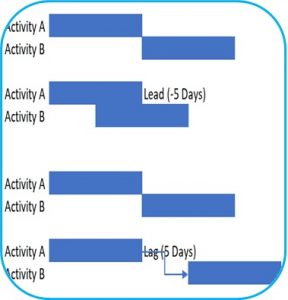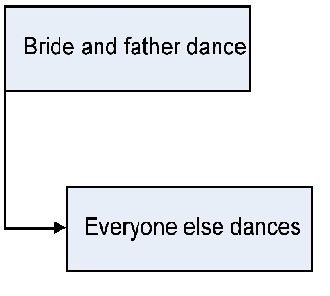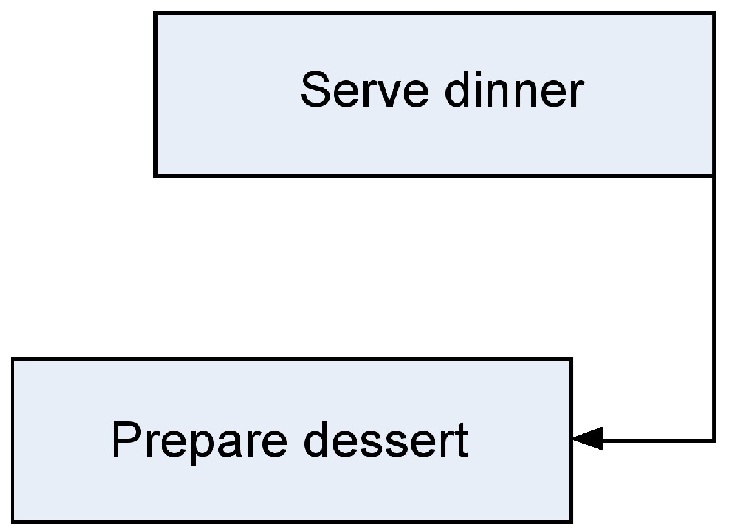The techniques used in Sequencing the activities

PMBOK 6 defines
“Lag is the amount of time whereby a successor activity is required to be delayed with respect to a predecessor activity”
“Lead is the amount of time whereby a successor activity can be advanced with respect to a predecessor activity”
Lead
Lead is a relationship where the successor activity begins prior to the predecessor activity has completed. It refers to an acceleration of the successor activity that can be only used in the finish-to-start activity association.
To leverage a lead which compresses the sum combined duration, the dependency must be flexible and there are no physical constraints on completing.
For instance, if you are baking a cake, you will get the mixture prepared to insert the dish into the oven. Preparing the mixture is the predecessor of insert the dish into the over. Afterwards, you will need to preheat the oven. Assume the preheating takes about 30 minutes, then insert the dish into the oven activity should start 30 minutes before you complete get the mixture prepared activity. Consequently, insert the dish into the oven activity has a lead of 30 minutes.
Lag
Lag refers to delay in the successor activity that can be found on all activity relationships i.e. finish-to-start, start-to-start, finish-to-finish, and start-to-finish. It is the association where the successor activity doesn’t start right after the end of its predecessor. Considering the similar example as mentioned above, you might want to serve the cake when it’s cold and therefore you need to put it into a fridge and wait. This means that the activity serving the cake to guests will not begin after its predecessor, insert the dish into the over. This is a delay known as lag.
Comparison
- Lead is the acceleration of a successor activity
- Lag is the delay of a successor activity
- Leads technique can only be used where we have Start to Finish Relationship between activities
- Lead is denoted on Schedule as -ve and Lag as +ve, sings
Example
Project Management by Author: Adrienne Watt
Lag time is when you purposefully put a delay between the predecessor task and the successor.
Lead time is when you give a successor task some time to get started before the predecessor finishes




One thought to “Lead vs Lag”
Pingback: PRECEDENCE DIAGRAMMING METHOD (PDM) - Mudassir Iqbal